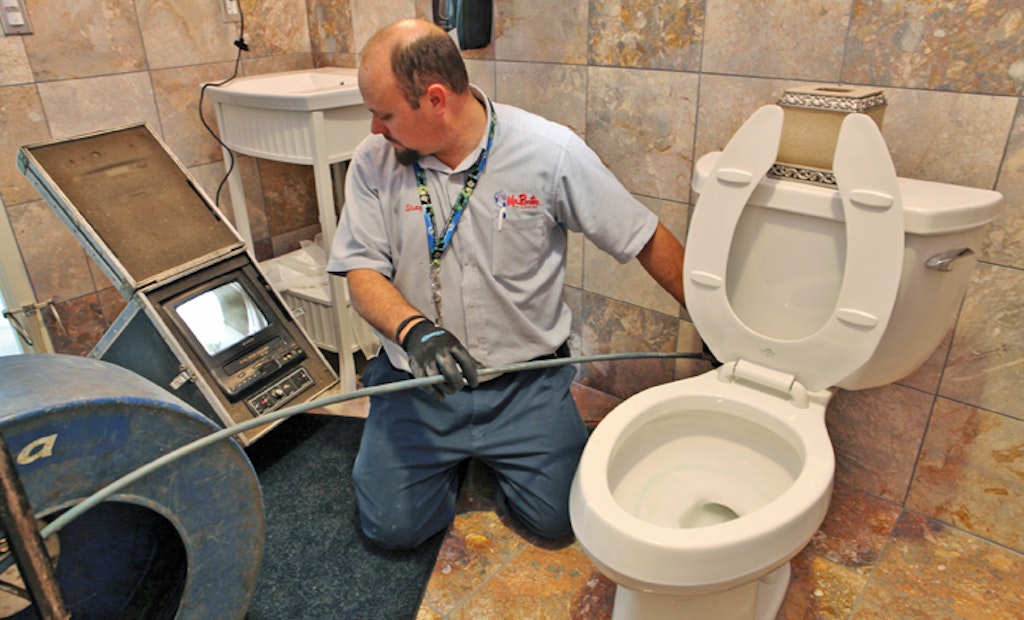
Following a previous article on homeowner water usage, we received an email from a reader challenging the toilet as the largest water-using device in a home.
Comment:
“I just read your comments regarding homeowner education and water usage. I do not believe that today’s...





